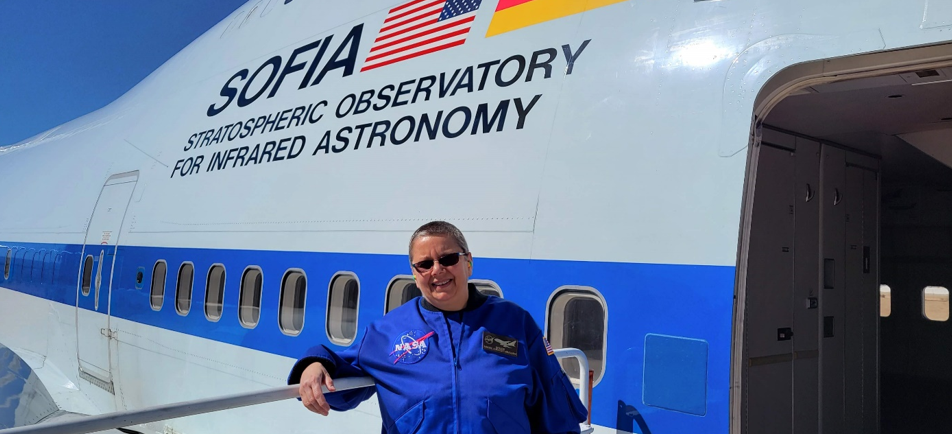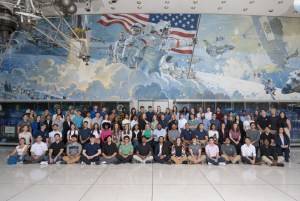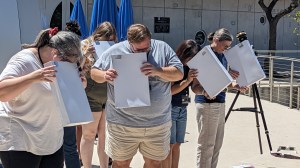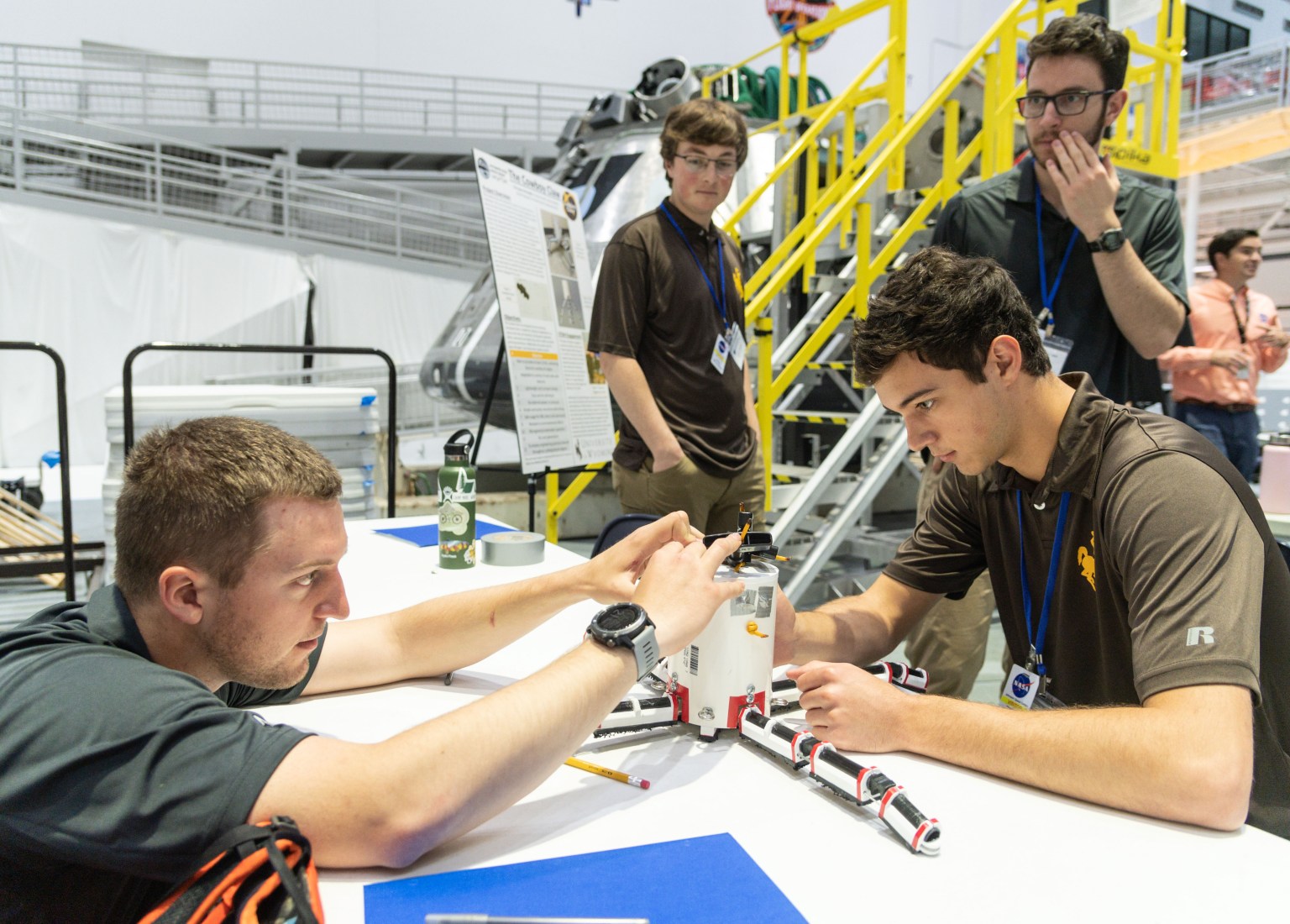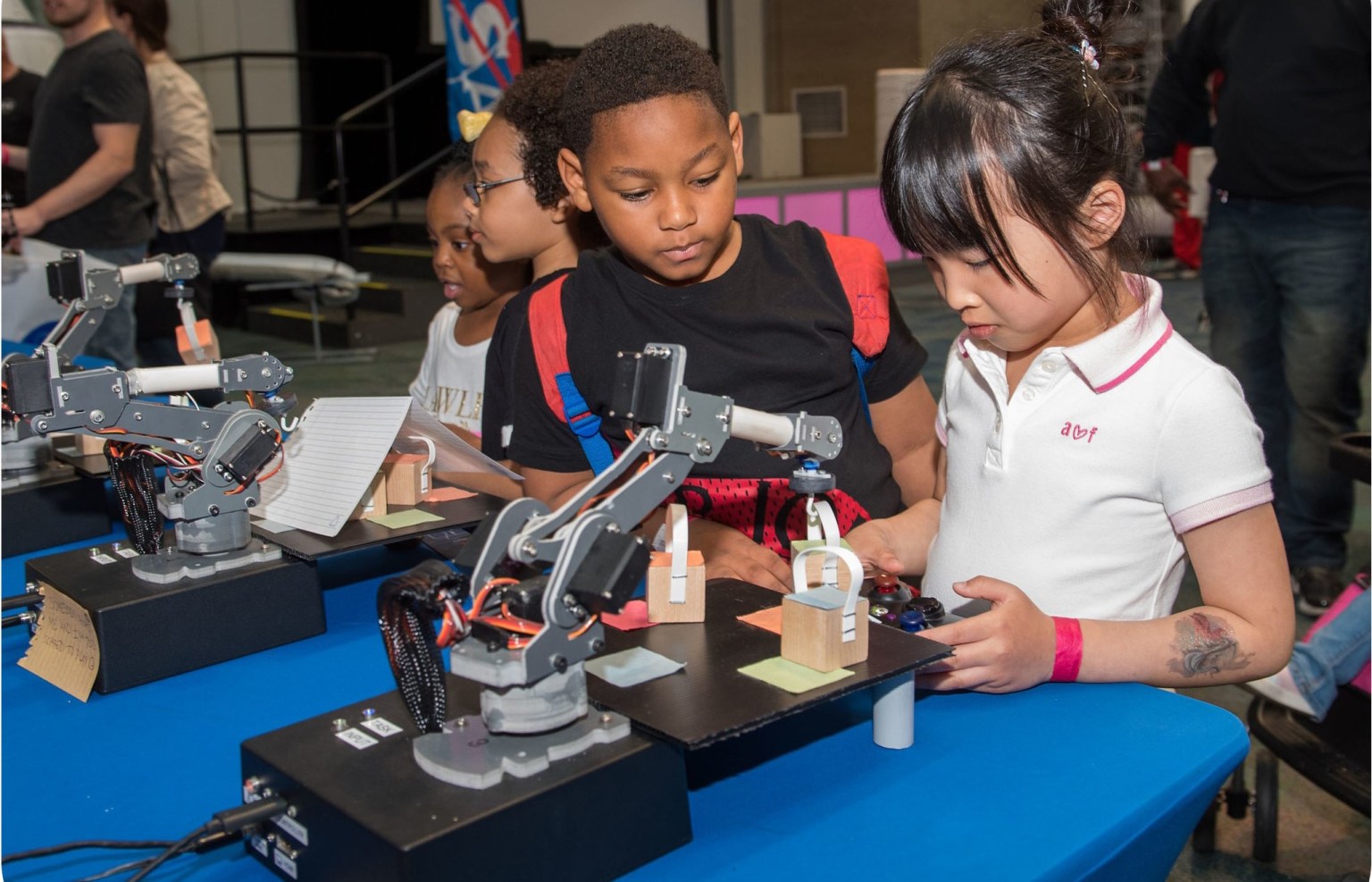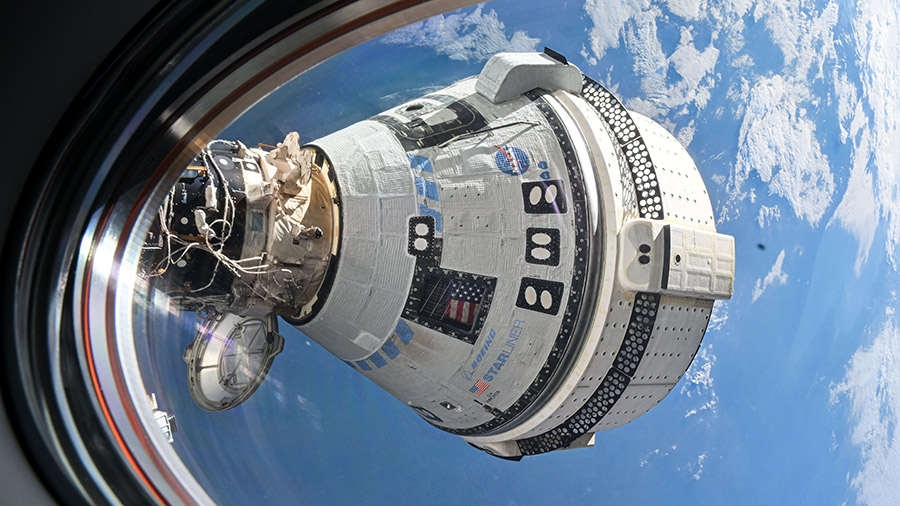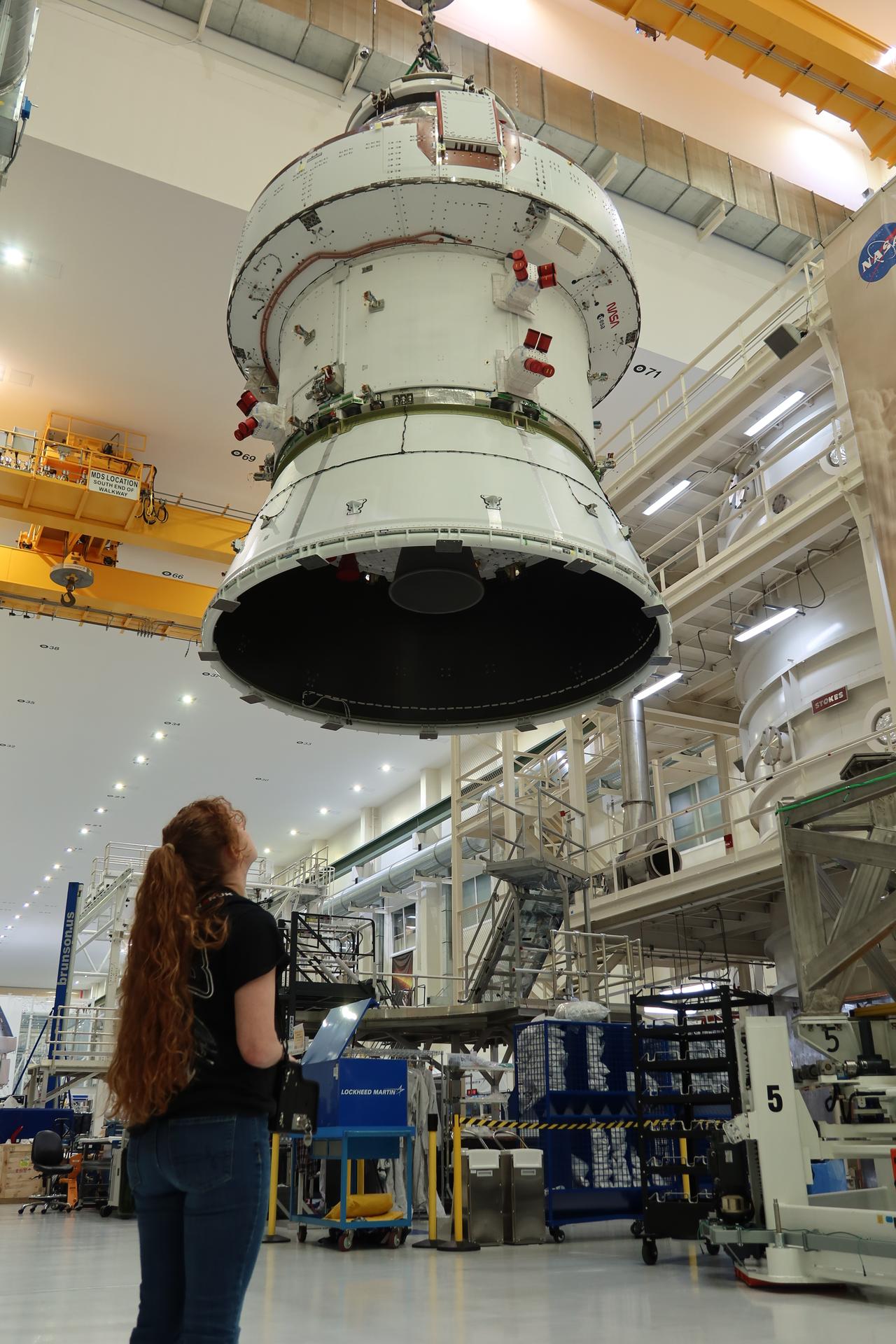Astronauts, Cosmonauts Focus on Maintenance; SpaceX Crew-9 Introduces Itself
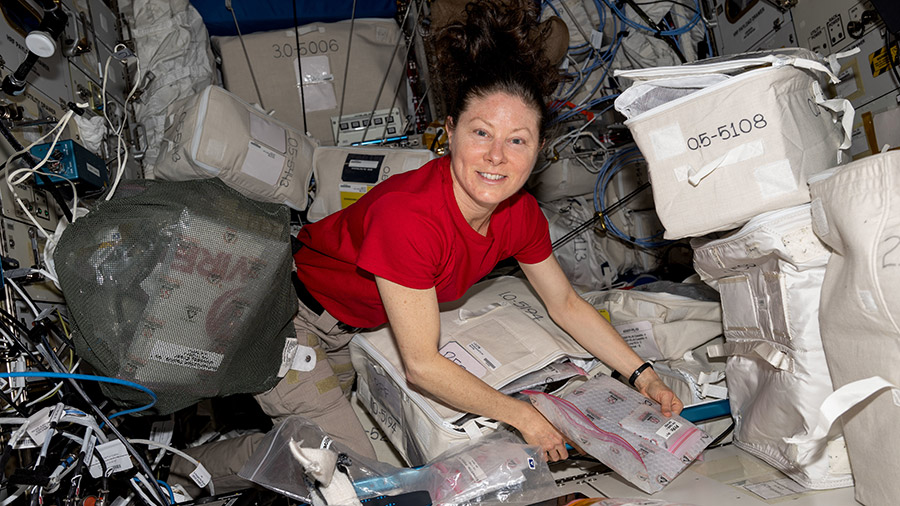
The orbital residents representing Expedition 71 and NASA’s Boeing Crew Flight Test switched gears on Friday and turned their attention to a host of lab maintenance activities. The nine astronauts and cosmonauts living and working aboard the International Space Station focused on spacewalking tools, computer networks, housecleaning, and inspections at the end of the week.
NASA Flight Engineers Tracy C. Dyson, Mike Barratt, and Jeanette Epps joined each other midday Friday and reorganized cargo inside the Unity module ahead of the Aug. 5 arrival of Northrop Grumman’s Cygnus space freighter. Dyson and Barratt then finished the afternoon inside the Quest airlock collecting and stowing tools used during earlier spacewalk preparations.
Epps began her day with NASA astronaut and Starliner Commander Butch Wilmore examining the Permanent Multipurpose Module for open spaces before spending her afternoon exercising. NASA Flight Engineer Matthew Dominick checked the overhead crew quarters in the Harmony module and measured its ventilation system airflows after spending his morning working out.
Wilmore also joined Starliner Pilot Suni Williams and tested cloud network connectivity using a pair of computer tablets linked to mission applications and other computer services. Williams then recorded a video for junior high and high school students demonstrating 3D printing operations in microgravity. Toward the end of the day, the NASA duo called down to Boeing mission personnel and discussed Starliner spacecraft systems and operations. The day before, NASA and Boeing managers provided a Starliner status update during a televised news conference.
Station Commander Oleg Kononenko kicked off his day synchronizing digital cameras with space station cameras. The five-time visitor to the orbital outpost worked the rest of the day with Flight Engineer Nikolai Chub continuing ongoing inspections in the aft-end of the Zvezda service module. Chub began his day conducting research activities in Zvezda before the inspection work.
The next crew to visit the International Space Station, SpaceX Crew-9, introduced itself today during a televised crew news conference live on NASA TV on Friday. Commander Zena Cardman, Pilot Nick Hague, and Mission Specialists Stephanie Wilson and Aleksander Gorbunov are counting down to a mid-August launch to the orbital lab aboard the SpaceX Dragon Endurance for a six-month mission. Earlier, mission managers from NASA and SpaceX discussed the Crew-9 mission and other upcoming missions to the orbiting lab. Watch the SpaceX Crew-9 Crew News Conference and the Mission Overview on YouTube.
Beginning Monday, July 29th, the IMC Daily Summary will be discontinued.
To learn more about the groundbreaking science and engineering happening daily on the International Space Station, please visit the space station blog at https://blogs.nasa.gov/spacestation/, or browse a variety of space station research resources at https://nasa.gov/iss-science.
Learn more about station activities by following the space station blog, @space_station and @ISS_Research on X, as well as the ISS Facebook and ISS Instagram accounts.
Get weekly video highlights at: https://roundupreads.jsc.nasa.gov/videoupdate/
Get the latest from NASA delivered every week. Subscribe here: www.nasa.gov/subscribe
Powered by WPeMatico
Mark Garcia



